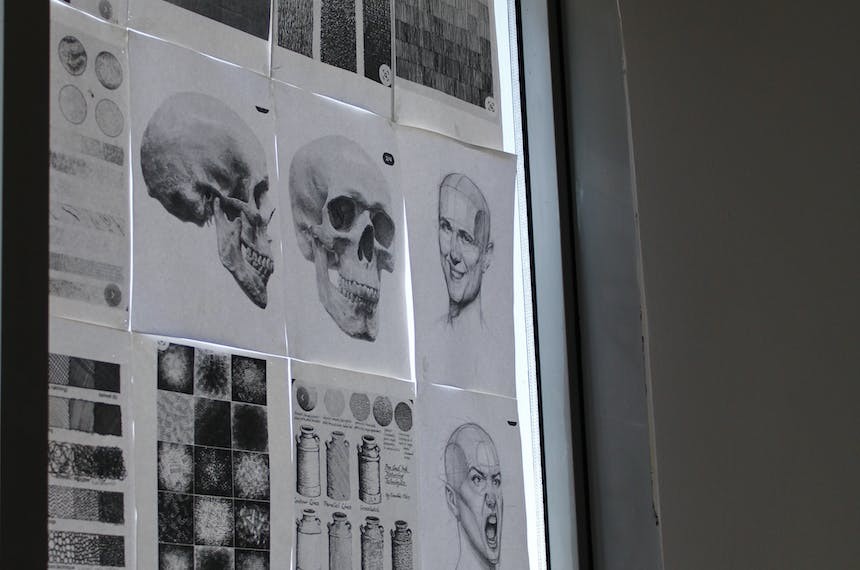
Tension Headache
Tension type headache (TTH) is the most common form of headache in the general population, characterized by mild to moderate bilateral, non-throbbing pain. It is often associated with stress and mental tension. TTH is categorized into three subtypes: infrequent episodic, frequent episodic, and chronic. Chronic TTH may be linked to stress, anxiety, and depression. Understanding the nuances of TTH, including its diagnostic approach and treatment modalities, is crucial for effective management.
Overview of Tension Type Headache (TTH)
Tension type headache (TTH) is the most prevalent headache in the general population. The typical presentation of a TTH attack is mild to moderate intensity, bilateral, nonthrobbing headache without other associated features. Stress and mental tension are reported to be the most common precipitants for TTH.
Subtypes of TTH
There are three main subtypes of TTH which include infrequent episodic (headache episodes less than one day per month), frequent episodic (headache episodes 1- 14 days per month), and chronic TTH (headaches 15 or more days per month). Chronic TTH is often associated with stress, anxiety, and depression. Neuroimaging is not necessary in most patients with TTH.
Acute and Abortive Therapy
The acute and abortive therapy of TTH includes both non- pharmacological measures (heat, ice, massage, rest, and biofeedback) and analgesic medications. Pharmacological therapy includes NSAIDs, aspirin, and acetaminophen.
Limitations to Prevent Medication Overuse Headache
To avoid medication overuse headache (MOH), management of TTH requires limitation of acute therapy. The use of over-the-counter combination analgesics should be limited, as should NSAIDs. For emergency ward, or inpatient treatment of moderate to severe TTH, additional therapy options include parenteral chlorpromazine, intramuscular ketorolac, and the combination of metoclopramide-diphenhydramine.
Preventive Treatment for TTH
Preventive treatment is recommended for patients with frequent or long-duration headaches. This includes behavioral and cognitive interventions, and tricyclic antidepressants like amitriptyline, nortriptyline, or protriptyline.
References
- Lenaerts ME, Newman LC. Tension-type headache. In: Wolff's Headache and Other Head Pain, 2008. p. 303.
- Ashina M. Neurobiology of chronic tension-type headache. Cephalalgia. 2004; 24:161–72.
- Lyngberg AC, et al. Prevalence of migraine and tension-type headache. Eur J Epidemiol. 2005;20:243–9.
- Ashina S, et al. Drug therapies for tension-type headache. Curr Pain Headache Rep. 2003;7:466–74.
- Haag G, et al. Self-medication of migraine and tension-type headache. J Headache Pain 2011; 12:201.
- Weinman D, et al. Parenteral treatment of episodic tension-type headache. Headache 2014; 54:260.
- Holroyd KA, et al. Management of chronic tension type headache with tricyclic antidepressants. JAMA. 2001;285:2208–15.





